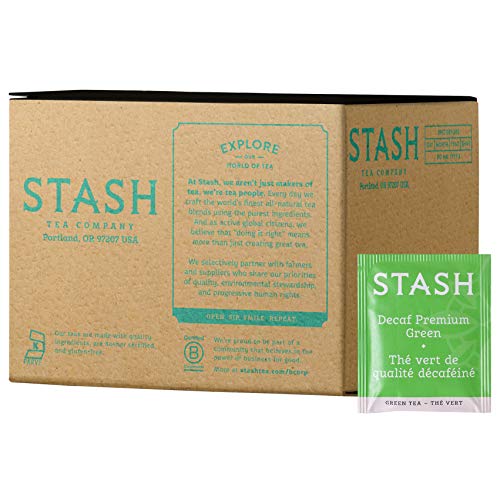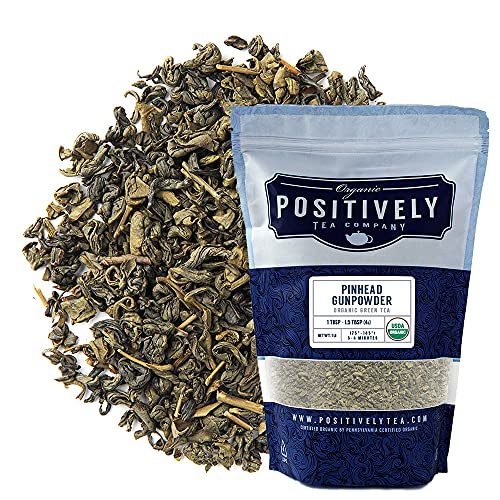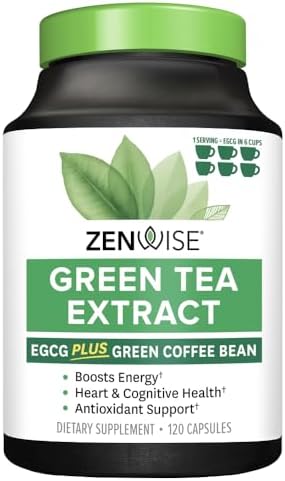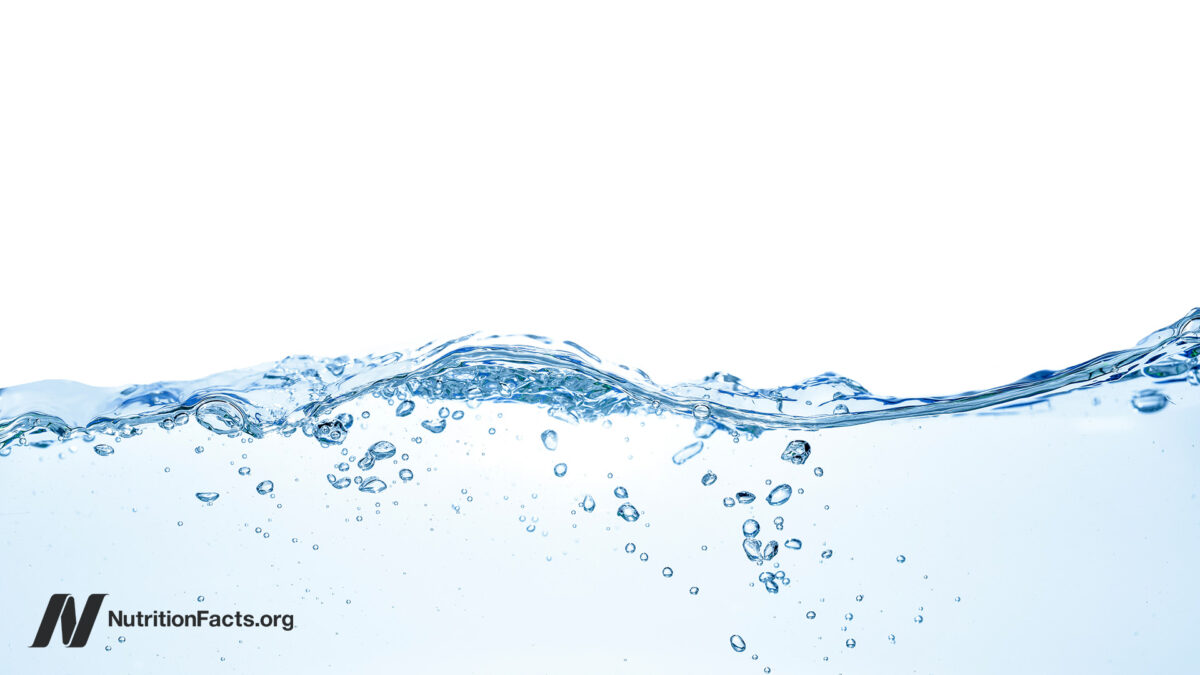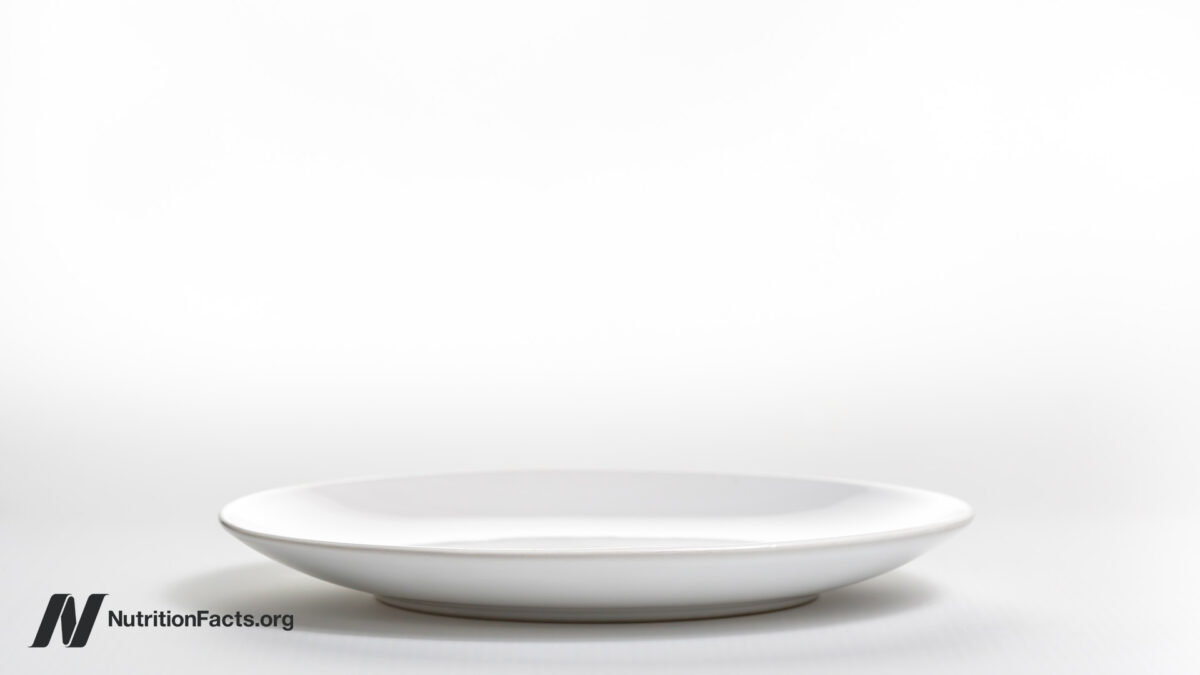The diving reflex shows that it’s possible to have selective adrenal hormone effects.
Thermogenic drugs like DNP can cause people to overheat to death; they can increase resting metabolic rates by 300 percent or more. A more physiological spread would range about ten times less, from a 30 percent slower metabolism in people with an underactive thyroid to a 30 percent higher metabolism when the part of our nervous system that controls our fight-or-flight response is activated. In response to a fright or acute stress, special nerves release a chemical called noradrenaline to ready us for confrontation. We experience this by our skin getting paler, cold, and clammy, as blood is diverted to our more vital organs. Our mouth can get dry as our digestive system is put on hold, and our heart starts to beat faster. What we don’t feel is the extra fat being burned to liberate energy for the fight.
That’s why people started taking ephedra for weight loss—“to stimulate the release of noradrenaline from nerve endings.”
Ephedra is an evergreen shrub. It’s been used in China for thousands of years to treat asthma because it causes that same release of noradrenaline that offers relief to people with asthma by dilating their airways. In the United States, it was appropriated for use as a metabolic stimulant, shown to result in about 2 pounds (0.9 kg) of weight loss a month in 19 placebo-controlled trials. By the late 1990s, millions of Americans were taking it. The problem is that it also had all the other noradrenaline effects, like increasing heart rate and blood pressure. So, chronic use resulted in “stroke, cardiac arrhythmia, and death.” The U.S. Food and Drug Administration warned of its risks in 1994, but ephedra wasn’t banned until a decade later after a 23-year-old Major League Baseball pitcher dropped dead. His “autopsy report revealed evidence of ephedra, which the medical examiner said contributed to his death.”
In the current Wild West of dietary supplement regulation, not only can a supplement be “marketed without any safety data” at all, but the manufacturer is under no obligation to disclose adverse effects that may arise. No surprise, then, that online vendors assured absolute safety: “No negative side effects to date.” “No adverse side-effects, no nervous jitters or underlying anxiety, no moodiness…” “100% safe for long-term use.” “It will not interact with medications and has no harmful side effects.” The president of Metabolife International, a leading seller of ephedra, assured the FDA that the company had never received a single “notice from a consumer that any serious adverse health event has occurred…” In reality, it had received about 13,000 health complaints, including reports of serious injuries, hospitalizations, and even deaths.
If only there were a way to get the good without the bad. As I discuss in my video How to Get the Weight Loss Benefits of Ephedra Without the Risks, there is. But to understand it, you first have to grasp a remarkable biological phenomenon known as the diving reflex.
Imagine walking across a frozen lake and suddenly falling through the ice, plunging into the freezing depths. It’s hard to think of a greater, instantaneous fight-or-flight shock than that. Indeed, noradrenaline would be released, causing the blood vessels in your arms and legs to constrict to bring blood back to your core. You can imagine how fast your heart might start racing, but that would be counterproductive because you’d use up your oxygen faster. Remarkably, what happens instead is your heart rate slows down. That’s the diving reflex, first described in the 1700s. Air-breathing animals are born with this automatic safety feature to help keep us from drowning.
In medicine, we can exploit this physiological quirk with what’s called a “cold face test.” To determine if a comatose patient has intact neural pathways, you can apply cold compresses to their face to see if their heart immediately starts slowing down. Or, more dramatically, it can be used to treat people who flip into an abnormally rapid heartbeat. Remember that episode of ER where Carter dunked a patient’s face into a tray of ice water? (That show aired on TV when I was in medical school, and a group of us would gather around and count how many times they violated “universal precautions.”)
What does this have to do with weight loss? The problem with noradrenaline-releasing drugs like ephedra is the accompanying rise in heart rate and blood pressure. What the diving reflex shows is that it’s possible to experience selective noradrenaline effects, raising the possibility that there may be a way to get the metabolic boost without the risk of stroking out. Unbelievably, this intricate physiological feat may be accomplished by the simplest of acts: Instead of drowning in water, simply drink it. Really? Yes, you can boost your metabolism by drinking water. Buckle your safety belts because you are in for a wild ride—one that continues next.
This is the first in a four-part video series. Stay tuned for:
You may also be interested in Friday Favorites: The Best Diet for Weight Loss and Disease Prevention.
